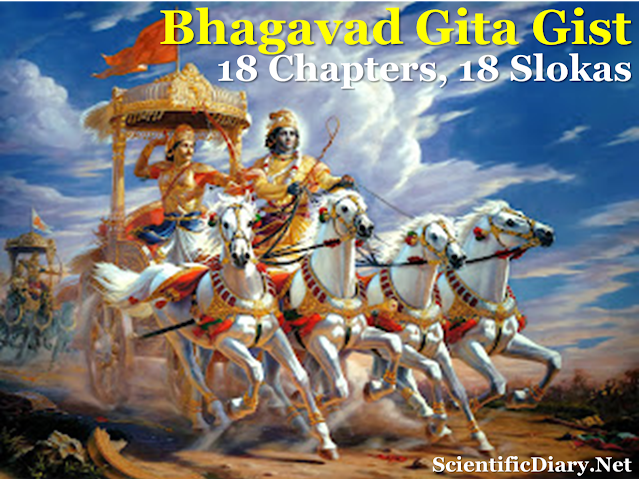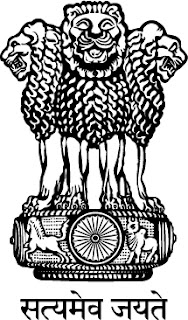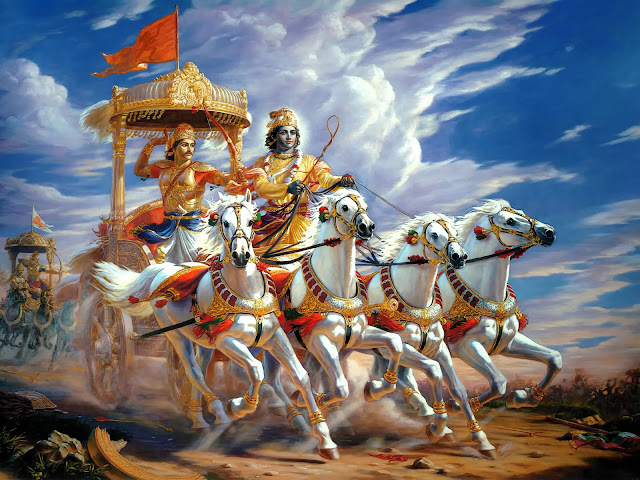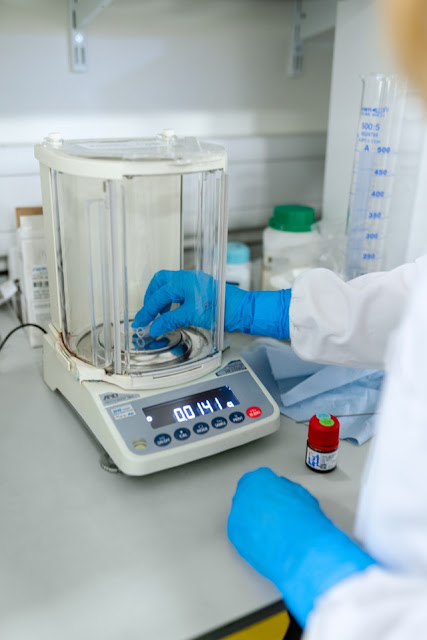Problems of Chernobyl RBMK reactor
Problems of Chernobyl RBMK reactor
Large positive void (steam) coefficient. In case of coolant loss due to increase in temperature, when coolant becomes steam, reactivity changes differently for RBMK and PHWR/ PWR/ LWR reactors.
In case of PHWR/ PWR/ LWR, where both coolant and moderators are water, either light water or heavy water, in case of increase in temperature, water becomes steam. Moderator thermalises neutron i.e. reduced energy by collisions. Since, thermalisation of fast neutron is reduced, which decreases availability of thermal neutron and hence fission process gets reduced. So reactivity of the reactor decreases. Reactor goes towards subcriticality.
In case of RBMK reactor, light water was used as coolant and graphite was used as a moderator. In case water turned into steam, no. of atoms of light water decreases, which increases no. of neutron due to the fact that light water has higher absorption crosssection than steam. But unlike water moderator, which also becomes steam at elevated temperature, graphite moderator still available in RBMK reactor to moderate the neutron. So instead of decrease in reactivity at elevated temperature, reactivity increases due to two factors, a) due to loss of water coolant, which is good absorber of neutron and b) graphite moderator, which is better moderator than light water owing to low absorption cross section. Hence RBMK reactor was inherently unsafe reactor due to very high positive reactivity coefficient.
Some useful data:
Absorption cross section (Σa):
1H: 0.3326 barn, 2H: 0.000519 barn, C: 0.0035 barn, O: 0.00019 barn.
Total bound scattering (coherent + incoherent) cross section (Σs):
1H: 82.03 barn, 2H: 7.64 barn, C: 5.551 barn, O: 4.232 barn
Number of Collisions required to thermalise neutron:
1H: 18 (16 for H2O), 2H: 25 (29 for D2O), C: 114, O: 150.
Moderating ration (MR) (Σs/Σa)
H2O: 71, D2O: 5670, C: 192.
Boron carbide absorbers had special graphite displacers. Boron-10 isotope is a neutron absorber, which absorbs neutron and hence controls the reactivity, helps to shuts down the reactor where as graphite is very good neutron moderator, which increases reactivity of the nuclear reactor. Keeping both of them in control rod, with opposite characteristics can cause accident in case of emergency situation, like one happened in Chernobyl, unit no. 4.
Very low insertion speed (Speed 0.4 m/s) of control and emergency rods into the core from their extreme top position with complete insertion time of 18-20s. Hence very slow shut down system in case of emergency.
Complicated system of the core cooling, where coolant that can change its physical state in the core.
The coolant flows separately to each fuel channels. This requires an individual regulation of flow-rate to each fuel channel. Therefore, the thermohydraulic scheme of the reactor is much more complicated than PWRs and BWRs.
Containment building was made of layers of lead/concrete and top of the reactor core building was open inside to allow extraction of rods while the reactor is in operation.
RBMK reactors lacked what is known as a containment vessel/ structure, a concrete and steel dome over the reactor itself intended to limit radiation inside the plant in the case of an accident.
Very large reactor core height 7 m, diameter 11.8 m, brings non uniformity of the core parameters. Localized super criticality issue can take place.
Unit 4 had manual feature for disabling safety alarm system, which had potential to be misused.
The reactors were highly unstable at low power, due to control rod design and “positive void coefficient,” factors that accelerated the nuclear chain reaction and power output if the reactors lost cooling water or become steam. As overheating became more severe, power increased even more.
Graphite blocks are also flammable at high temperatures, especially in presence of air, hence should not come in contact with air. Circulation of 70-90% He + 10-30% N2 gas is must for the indirect removal of heat from Graphite by 'heat/thermal bridge' principle. Heat transfer is favored to He (0.151 W/mK) from C (140 W/m·K).
The reactor built at Chernobyl is a RBMK reactor, which was never built by any country outside the USSR because it had characteristics that were rejected everywhere outside the Soviet Union. However, graphite moderated nuclear reactors are not uncommon.
Reference
Hyperlinked in the text.














Comments
Post a Comment